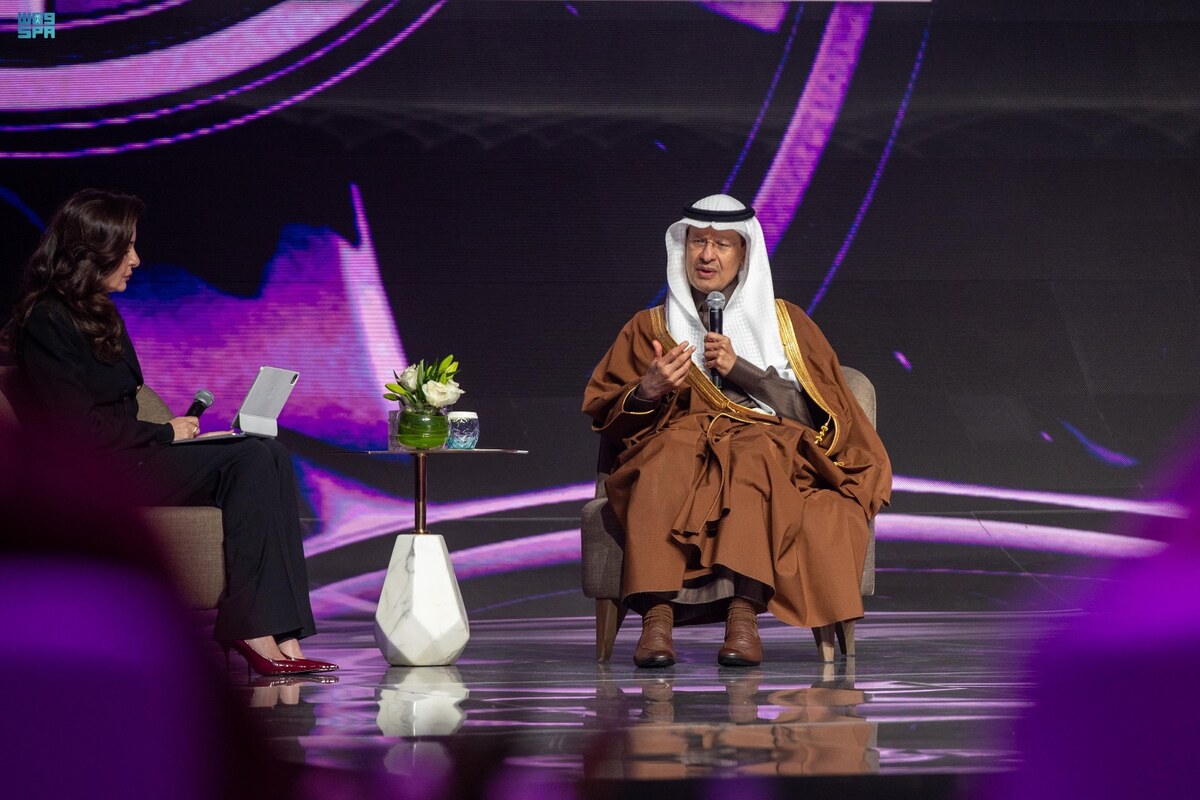RIYADH: Saudi Arabia’s Industrial Production Index climbed 1 percent in August compared to the same month last year, driven by a rise in mining and quarrying activities, according to official data.
According to the General Authority for Statistics, mining and quarrying expanded 0.8 percent year on year, as Saudi oil output rose to 8.99 million barrels per day, up from 8.92 million bpd a year earlier.
The growth pushed the IPI to 105 points for the month, marking steady industrial expansion.
The Kingdom’s manufacturing sector has consistently expanded in recent years, driven by Vision 2030’s push to diversify the economy and enhance industrial output, reducing the country’s reliance on oil revenues.
This aligns with broader economic goals aimed at creating a sustainable, non-oil-based growth model.
“Compared to August of the previous year, the sub-index of manufacturing activity increased by 1.1 percent, supported by an increase in the manufacture of chemicals and chemical products, and manufacture of food products which increased by 2.9 percent and 12.9 percent, respectively,” stated GASTAT.

Meanwhile, the manufacture of coke and refined petroleum products decreased by 11.3 percent.
The report added that electricity, gas, steam, and air conditioning supply rose by 4.1 percent year on year, although water supply, sewerage, and waste management activities fell 0.9 percent.
GASTAT highlighted that non-oil activities surged 7 percent compared to July, while oil-related output dropped 1.4 percent.
On a month-to-month basis, the overall IPI slipped 0.3 percent from July. The sub-index for mining and quarrying activity increased by 0.6 percent, while manufacturing output fell 1.8 percent.
GASTAT further noted that electricity, gas, steam, and air conditioning supply activities increased by 1.7 percent month on month, while water supply, sewerage, waste management, and remediation activities rose by 1 percent.
However, the index for oil activities dropped by 0.7 percent in August compared to the previous month, while non-oil activities recorded a 0.6 percent increase.
The IPI is an economic indicator that measures fluctuations in industrial output, calculated through the industrial production survey. It follows the International Standard Industrial Classification of All Economic Activities to ensure consistency and comparability across sectors.






























